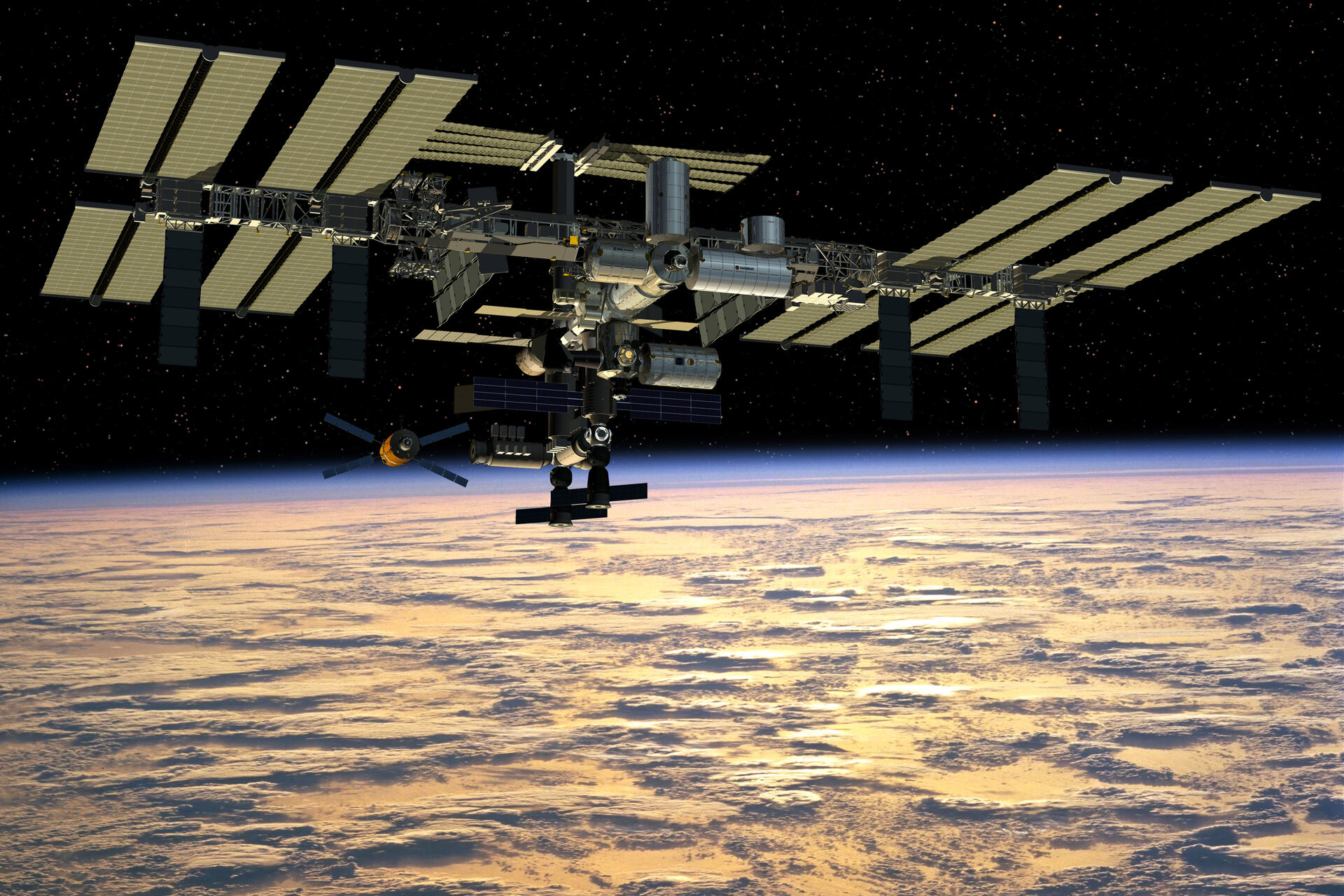
EngineeringConstruction and Launch
On November 20, 1998, Zarya, the first module of the International Space Station (ISS). It was launched to mark the start of the station’s construction. It is a large, habitable space station that serves as a unique laboratory for scientific research and international collaboration in space. The European Space Agency (ESA), the Canadian Space Agency (CSA), the Japan Aerospace Exploration Agency (JAXA), Roscosmos (Russia), NASA (United States), and other nations and space organizations began working together on this.
Time in Space

With the arrival of its first permanent occupants on November 2, 2000. The ISS has been continuously occupied for more than 24 years as of December 19, 2024. After 26 years and 28 days in orbit, the station has completed almost 141,000 orbits around the planet.
Maintenance of the ISS
Cost of Maintenance
As of 2010, the ISS was expected to have cost approximately $150 billion, making it one of the most costly engineering projects ever done. This total covers the station’s lifespan construction, operation, and maintenance.
Time and Effort
Maintenance of the ISS is a continuous effort that requires significant crew time. Each expedition crew, typically consisting of six astronauts, dedicates a considerable portion of their time to maintaining the station. This includes routine checks, repairs, and upgrades to ensure the station remains operational and safe for its inhabitants.
International Collaboration
The participating nations have intricate agreements that regulate the ISS’s upkeep and functioning. NASA, Roscosmos, ESA, JAXA, and CSA are the five primary space agencies that work together to oversee the station’s operations, which include resupply trips and crew rotation. In addition to sharing the cost, this worldwide collaboration improves the ISS’s scientific output by bringing in a variety of research contributions from different nations.

The ISS shows international collaboration in space exploration. Its construction, continuous maintenance, and scientific research carried out on board demonstrate the nation’s capabilities and commitments. As we look to the future, the ISS will continue to be essential to expanding our knowledge of space and getting ready for trips outside of low Earth orbit.
Read more on Lifetips.blog














